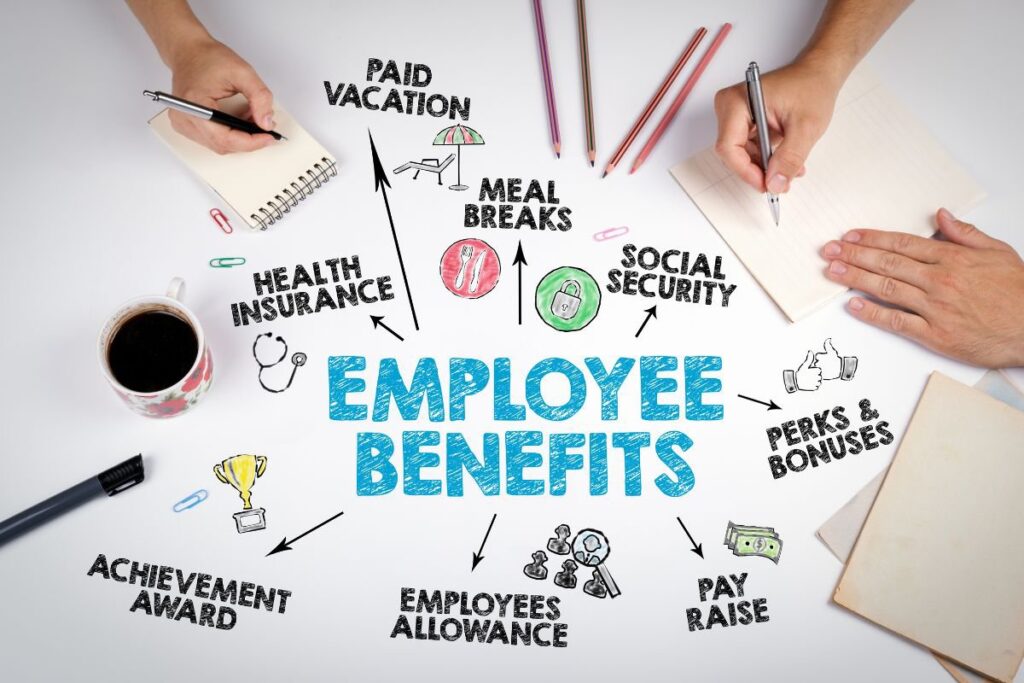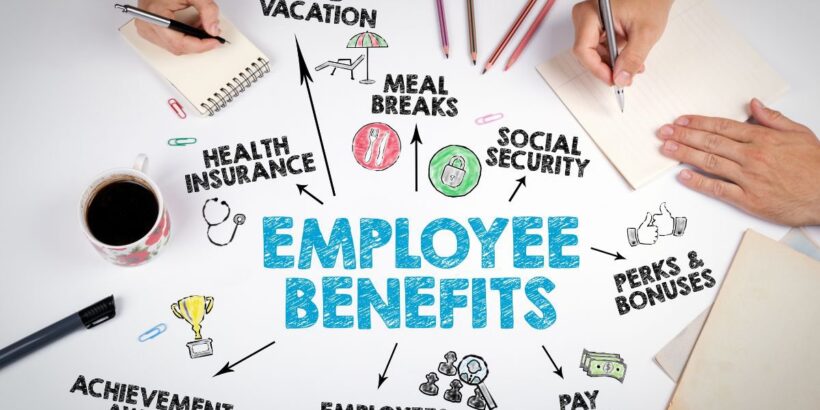
In today’s competitive job market, a comprehensive employee benefits package is a crucial component for attracting and retaining top talent. These benefits, extending beyond the basic salary, significantly contribute to an employee’s overall job satisfaction and work-life balance. By offering a diverse range of perks, from health insurance to retirement plans, organizations can foster a more engaged, motivated, and productive workforce. Explore what should be included in employee benefits packages and learn why these inclusions are integral to promoting a positive workplace culture.
Health Insurance
Health insurance is a fundamental part of any robust employee benefits package. In many countries, employers are legally required to provide some form of health coverage. However, even in regions where it’s not mandatory, health insurance is often considered a key factor by potential employees when evaluating job offers. This benefit helps protect employees from the financial burden that can come with unexpected medical expenses. Moreover, comprehensive health insurance can include preventative care services that can encourage employees to proactively manage their health, leading to fewer sick days and increased productivity.
Worksite Insurance
Adding worksite insurance to your benefits package offers employees an additional layer of financial protection. These policies are often paid for by the employee but are offered at a group rate, making them more affordable than individual plans. Worksite insurance can cover a variety of situations, from critical illnesses and accidents to hospital stays and disability. Offering this type of insurance shows employees that their employer cares about their well-being beyond the workplace, potentially boosting morale and loyalty.
Retirement Plans
Retirement plans are a crucial thing to include in employee benefits packages, as they indicate a long-term investment in the workforce. They provide employees with a means of saving for their future, often with contributions directly from the employer. There are various types of retirement plans, each offering different advantages. By contributing to employees’ retirement funds, companies not only help their staff prepare for the future but also demonstrate a commitment to their long-term financial well-being. Such commitment can significantly contribute to employee retention and satisfaction.
Paid Time Off (PTO)
Paid time off (PTO) is a crucial aspect of an employee benefits package. It provides employees with the opportunity to take time away from work without losing income. This can be for various reasons, including vacation, personal time, or illness. Having a generous PTO policy allows employees to balance their work and personal lives better, leading to improved job satisfaction and reduced burnout. It also shows that the employer values and respects their employees’ need for personal time. Moreover, a competitive PTO policy can attract potential employees, contributing to a company’s overall appeal as a desirable place to work.
Life Insurance and Disability Coverage
Life insurance and disability coverage are other essential components of an employee benefits package. Life insurance policies provide a financial benefit to the employee’s beneficiaries in the event of their death, offering peace of mind to employees that their loved ones will be cared for financially. Disability coverage, on the other hand, provides income protection to employees who become unable to work due to a disability. This type of coverage can help alleviate financial stress during a challenging time, enabling employees to focus on their health and recovery. Offering these types of insurance demonstrates an employer’s concern for their employees’ well-being and financial security, which can strengthen the employer-employee relationship and boost morale.
